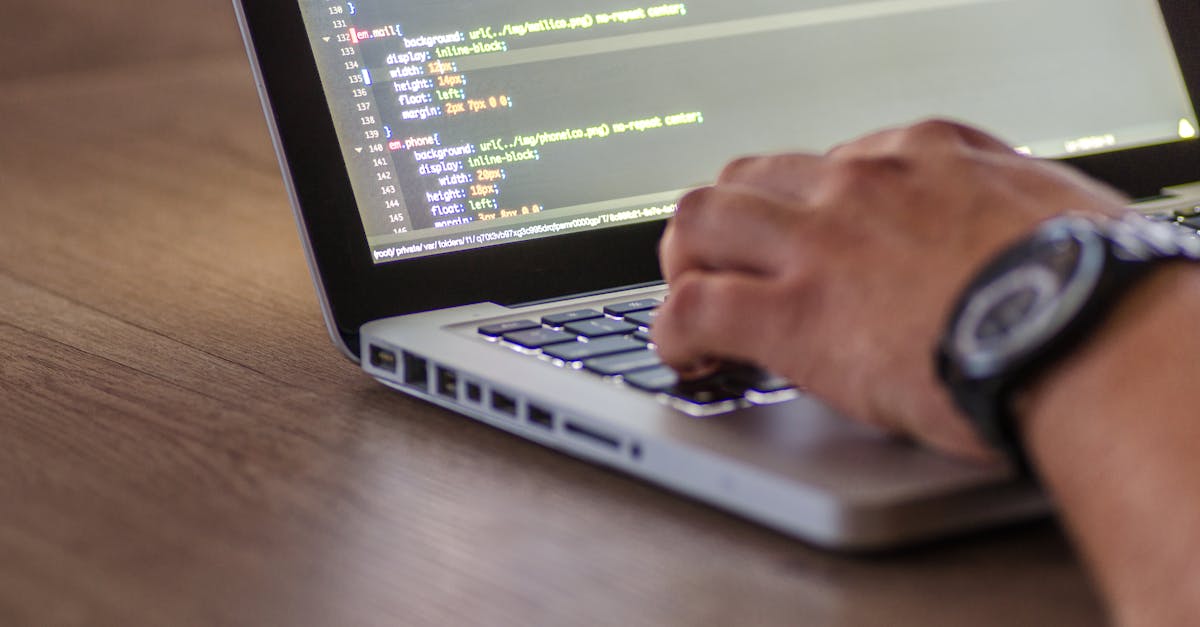Are you considering about the legality of using employee monitoring software? Welcome – you have now found the perfect article.
We understand the importance of exploring the legalities surrounding workplace monitoring tools.
Feeling the weight of ensuring compliance while trying to protect your employees’ privacy? We get it. The struggle is real. Don’t worry, we’re here to spell out on the legal aspects of employee monitoring software and provide guidance on how to stay on the right side of the law.
With our skill in employment law and technology, we aim to address your concerns and provide clarity on the legal implications of using employee monitoring software. Join us as we investigate the complexities of this topic and equip you with the knowledge you need to make smart decisionss.
Key Takeaways
- Understanding the legal framework surrounding employee monitoring software is critical for compliance and protecting both employers and employees.
- Consent from employees is important in employee monitoring legality, and clear policies outlining monitoring details and data usage are necessary.
- Sticking to federal and state laws such as the Electronic Communications Privacy Act (ECPA) and Stored Communications Act (SCA) is required in putting in place monitoring software.
- Obtaining explicit consent, transparent communication, educating the workforce on privacy rights, and putting in place security measures are key best practices for legal compliance in using monitoring software.
Understanding the Legal Framework
When it comes to employee monitoring software, understanding the legal framework is critical to ensuring compliance and protecting both the employer and the employees.
In the United States, there are federal and state laws that dictate how and when employee monitoring can be put in place. It’s super important to be aware of these laws to avoid any legal ramifications.
Some key laws that govern employee monitoring include:
- Electronic Communications Privacy Act (ECPA): regulates the interception of electronic communications.
- Stored Communications Act (SCA): protects the privacy of stored electronic communications.
Most importantly that consent is a key aspect of employee monitoring legality. In many jurisdictions, employers are required to inform employees about the monitoring activities and obtain their consent.
Employers must also establish clear policies about employee monitoring to ensure transparency and compliance with the law.
These policies should detail the type of monitoring being conducted, the reasons for it, and how the data collected will be used.
For more detailed information on the legal aspects of employee monitoring software, you can refer to the official website of the Department of Labor For full guidelines and regulations.
Laws and Regulations on Employee Monitoring
When it comes to employee monitoring, it’s required to follow federal and state laws to ensure legal compliance.
Key statutes such as the Electronic Communications Privacy Act (CPA) and the Stored Communications Act (SCA) play a significant role in regulating such practices.
Employers must prioritize obtaining consent from employees before putting in place any monitoring software.
Informing employees about the monitoring activities and obtaining their consent is a critical step in ensuring compliance with the law.
Also, having clear policies in place is important.
These policies should outline the type of monitoring, the reasons behind it, and how the collected data will be used.
Ensuring transparency through these policies not only encourages trust but also helps in complying with legal requirements.
For full guidelines and further information on the legal aspects of employee monitoring software, we recommend visiting the Department of Labor’s official website.
They provide detailed ideas into regulations and best practices that can assist employers in exploring the complex world of monitoring laws and regulations.
Employee Consent and Privacy Rights
When it comes to employee monitoring software, obtaining employee consent is critical.
This ensures that employees are aware of the monitoring activities and their privacy rights are respected throughout the process.
Employee consent is not simply a common courtesy; it is often a legal requirement.
Without proper consent, monitoring employees could lead to legal repercussions for the organization.
To protect employee privacy rights and stay compliant with regulations like the Electronic Communications Privacy Act (CPA) and the Stored Communications Act (SCA), organizations should clearly communicate the purpose of monitoring, the type of monitoring being conducted, and how the data will be used.
Ensuring that employees understand the reasons behind monitoring can help foster a sense of trust and transparency within the workplace.
This, in turn, can lead to better employee morale and productivity.
For further information on employee privacy rights and legal guidelines, we recommend visiting the Department of Labor’s official website For full ideas and resources.
Best Practices for Legal Compliance
When it comes to employee monitoring software, sticking to best practices for legal compliance is important for both businesses and employees.
To ensure compliance with privacy laws and regulations, consider the following best practices:
- Obtaining explicit consent from employees before putting in place any monitoring software.
- Clearly communicate the purpose and extent of monitoring activities to all employees.
- Educate your workforce on privacy rights and data usage policies about monitoring.
- Carry out security measures to safeguard monitored data and prevent unauthorized access.
- Regularly review and update monitoring policies to align with changing regulations.
By incorporating these best practices, businesses can demonstrate their commitment to legal compliance and employee privacy.
It encourages a transparent and trustworthy workplace environment that values privacy while ensuring compliance with applicable laws.
For further guidance on employee privacy rights and legal compliance, we recommend visiting the Department of Labor’s official website for useful resources and information.




